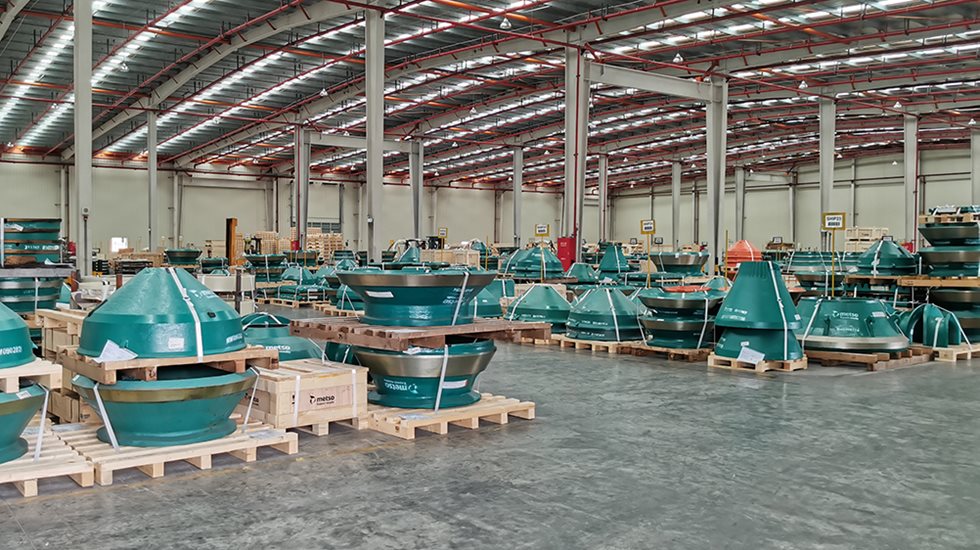A smaller footprint and optimized warehouse location will decrease end-to-end CO2 emissions
Reducing the warehouse footprint is a fundamental matter and thus is a major on-going project in Metso Outotec logistics. The strongest focus in logistics is often in transportation and in ways to make individual transports as efficient as possible. Metso Outotec has started to use new footprint warehouses that are run by our key strategic Logistics Service Providers. Their core competence is warehousing, and Metso Outotec will benefit from their development of sustainable warehouse premises and operations. An optimal warehouse footprint is in place, and consolidation as well as further development actions are on-going. Thirteen warehouses are run by Logistics Service Providers whose sustainability targets are aligned with Metso Outotec’s targets.
Focus on packaging brings big positive impacts
Smaller details, such as packaging design, the amount of packaging material, and reutilization, are often ignored, but we have recognized that small actions can have big positive impacts. For example, using the lightest possible packaging and only the amount of packaging materials necessary for safe transport will reduce the total weight transported and therefore have a direct impact not only on the transportation cost but also on CO2 emissions. Selecting a certain range of packaging materials and optimized packaging in general enables the correct transportation mode to be selected.



